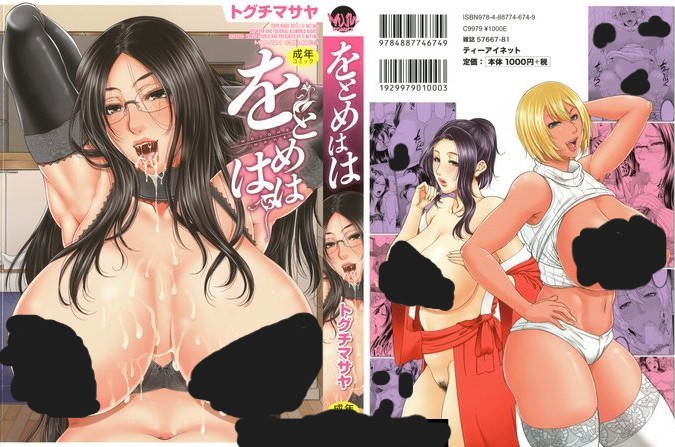Exploring the Dark Themes of ‘Wotome Haha | Maiden Mother’ by Toguchi Masaya – A Deep Dive into Taboo Hentai

Introduction:
Hentai as a medium often pushes boundaries, but few artists delve as deeply into taboo narratives as Toguchi Masaya. One of their most controversial works, Wotome Haha | Maiden Mother [English], blends multiple extreme genres—Group Sex, Nonconsent, Netorare, Mature, Incest, and BDSM—into a story that’s as unsettling as it is compelling.
But what makes this comic stand out in an oversaturated market? Is it just shock value, or is there something more beneath the surface? Let’s dissect the themes, artistry, and psychological layers of Wotome Haha while keeping SEO and readability in mind.
1. The Art of Taboo: Why Toguchi Masaya’s Work Resonates
Toguchi Masaya has a distinct style—detailed character expressions, dynamic paneling, and a knack for building tension. Unlike many hentai artists who rely solely on exaggerated anatomy, Wotome Haha focuses on emotional rawness. The discomfort of the situations (particularly the Incest and Nonconsent themes) is amplified by the realism in facial expressions, making the reader feel the characters’ turmoil.
Key Takeaway: The comic doesn’t just depict sex—it forces the audience to confront the psychological weight of taboo desires.
2. Breaking Down the Themes
A. Netorare (Cheating) & Reluctance – Power Dynamics at Play
Netorare (NTR) is a polarizing genre, but Wotome Haha takes it further by intertwining it with Incest. The protagonist’s internal conflict—between duty and desire—creates a twisted sense of tragedy. The Nonconsent elements aren’t just for titillation; they serve as a narrative device to explore powerlessness and corruption.
B. BDSM – Control vs. Submission
Unlike typical BDSM hentai, where dominance is often glamorized, Wotome Haha presents it as a form of psychological manipulation. The restraints and punishments aren’t just physical—they symbolize the loss of agency.
C. Mature & Incest – A Forbidden Fantasy
The “Maiden Mother” dynamic plays on Freudian undertones, but Toguchi Masaya doesn’t romanticize it. Instead, the comic highlights the destructive consequences of forbidden lust.
3. Why This Comic Sparks Debate
Many readers either hate or fascinated by Wotome Haha—there’s no middle ground. The reason? It doesn’t offer an easy escape. Most hentai provides fantasy without consequences, but this work lingers in moral ambiguity.
Controversial Question: Is it ethical to enjoy such extreme themes, or does the discomfort serve a purpose in storytelling?
4. Where to Read (Ethically)
Since Wotome Haha is a licensed work, we encourage supporting official releases where possible. However, fan translations exist for those seeking the English version. A quick search for “Toguchi Masaya Wotome Haha English” should yield results.
Final Thoughts: More Than Just Shock Value?
While Wotome Haha is undeniably extreme, it’s also a case study in how hentai can explore dark human psychology. Toguchi Masaya doesn’t just want to arouse—they want to provoke thought.
Engagement Hook: What’s your take? Does this comic cross a line, or does its boldness make it worth reading? Drop your thoughts below!
Average Rating